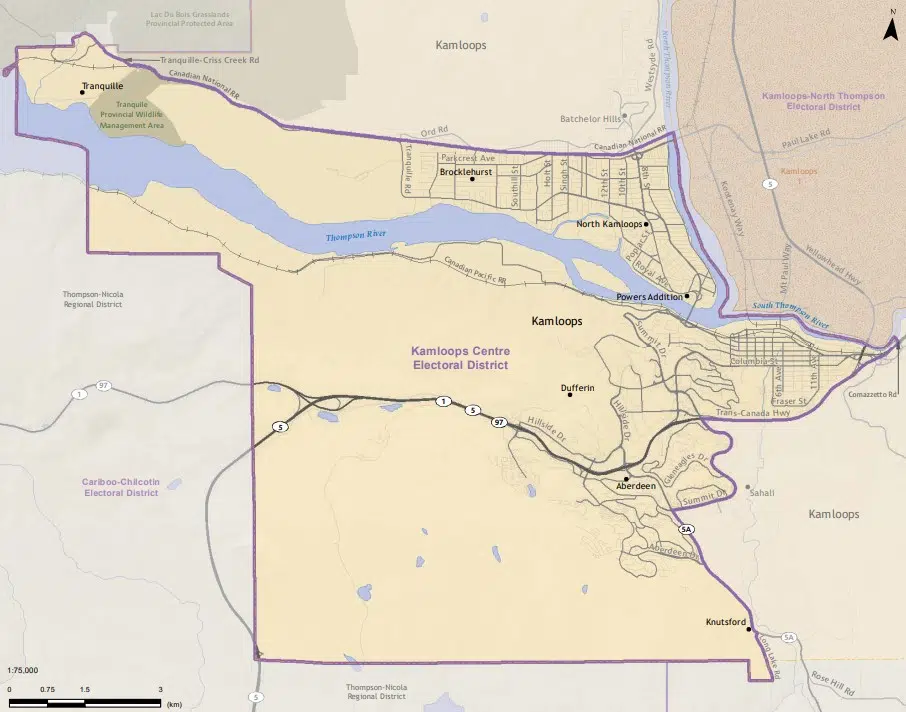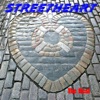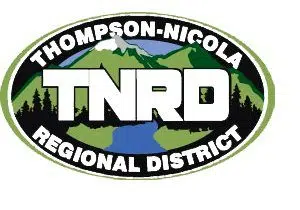
The B.C. Electoral Boundaries Commission is still proposing some significant changes to provincial electoral boundaries that split the City into two ridings.
It is still recommending the addition the new Kamloops-Centre riding that would encompass the city’s “urban core” as well as the surrounding neighbourhoods of Aberdeen, Dufferin, the Thompson Rivers University precinct, North Kamloops, and Brocklehurst with a population of 60,681 people.
The riding’s southern, eastern, and western boundaries will follow the City’s municipal borders while the northern boundary will follow the CN Railway line.
A new Kamloops-North Thompson riding will now including the neighbourhoods of Valleyview, Barnhartvale, Dallas, Batchelor Heights, Westsyde, Rayleigh, as well as a portion of Sahali. It will also include the communities of Barriere, Clearwater, Prichard and Chase with a population of 60,586 people.
The riding’s southern and western boundaries follow Thompson Nicola Regional District Electoral Areas J and L. To the north, it is bounded by Wells Grey Provincial Park, while the eastern boundary follows that of the Thompson Nicola Regional District.
“We considered moving communities in the North Thompson into the Cariboo-Chilcotin riding to better balance populations in the area. However, we recognized that access to larger centres in Cariboo-Chilcotin requires travel over a mountain pass on secondary highways, and that these communities rely on Kamloops as their service centre,” the Boundaries Commission report said.
The mayors of Clearwater and Barriere also raised those concerns to NL News in October, saying their communities have little in common with the Cariboo as they’re geographically and economically tied to the Kamloops region.
The communities of Ashcroft and Cache Creek – which are currently in the Fraser-Nicola electoral district – will be moved into a redrawn Cariboo-Chilcotin riding.
“These communities share the Highway 97 transportation corridor with communities in Cariboo-Chilcotin like 100 Mile House and Williams Lake,” the report added.
To make up for the loss of Ashcroft and Cache Creek, the Fraser-Nicola riding would be redrawn to include communities on the north side of the Fraser River including Harrison Hot Springs and Kent, while still including the communities of Hope, Lytton, Merritt and Lillooet with a population of 42,562 people.
The riding’s southwest boundary follows the borders of Fraser Valley Regional District Electoral Areas A, B and C. Its northern boundary follows the municipal border of Ashcroft, Highway 97C (Highland Valley Road), Logan Lake, and Thompson Nicola Regional District Electoral Areas M and I.
Other communities to west of Kamloops – like Cherry Creek, Tobiano, and Savona – that are currently in the Kamloops-South Thompson riding, would also be part of the new Cariboo-Chilcotin riding.
The final report also keeps the communities of Salmon Arm, Sicamous, Enderby, and Armstrong in the Salmon Arm-Shuswap riding, giving it a total population of 62,420 people.
In all, the Boundary Commission is proposing six new B.C. ridings – one each in Burnaby, Surrey, Langley, and Vancouver, one in the Langford area on Vancouver Island, and one near Kelowna – taking the total to 93.
“We are proposing no changes to the names or boundaries of 15 existing electoral districts. That leaves 72 existing ridings whose boundaries we propose to adjust,” the report said. “Many of these changes are attributable to the six new electoral districts.”
“As we propose six new electoral districts and are using 2021 Census population statistics, the electoral quotient is 53,773 and the usual deviation range is between 40,330 and 67,216 people per riding.”
In all, the Commission held 63 public meetings in 44 communities and received more than 2,000 submissions.
“Our proposal to increase the number of electoral districts reflects our growing province,” Commission Chair, Justice Nitya Iyer, said. “We do not recommend reducing the number of ridings in more sparsely populated areas of the province because doing so would undermine effective representation.”
It is now up to the Legislative Assembly to decide whether to accept all, some or none of the Commission’s recommendations.
You can find the entire report here and a map of the ridings here.















